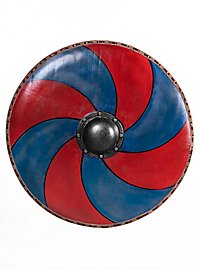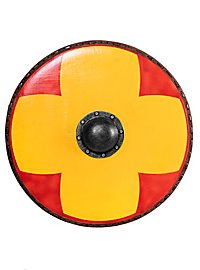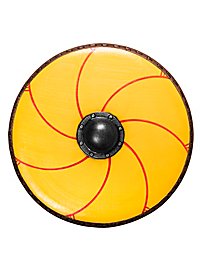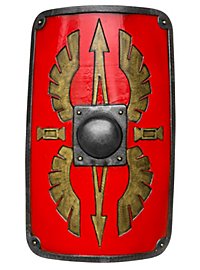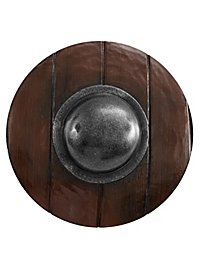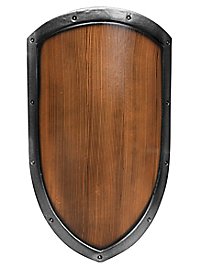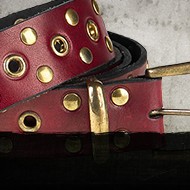Buying a Larp Shield - What do I need to consider when choosing my upholstery shield?
Which shield you choose for Larp depends very much on your own character concept. You should spend some time choosing the right shield. A Viking shield, for example, looks very different from a Roman shield. Larp round shield or tower shield - the choice of the Larp shield makes the barbarian warrior or the noble knight. Here in the Andracor Larp Shield category you will find Larp shields for beginners with a fair price-performance ratio. But also larp professionals who fight a lot will appreciate the foamed larp shields very quickly.
If you are interested in more details about larp shields, their handling, care and interesting facts about foam shields, be sure to read our service article on the subject.
The size of the Larp shield - Would you like a little more?
The advantages of the size of the padding shield are quite obvious: the larger the shield, the more protection it offers from the enemies' weapons. But of course, a large larp shield is also heavier and not as manoeuvrable. A smaller larp shield, like the buckler or the tartsche, offers less protection, but can be combined much better with an agile fighting style. A larp round shield with a wooden look, as used by the Vikings, is a good middle ground between good freedom of movement and sufficient protection from padded weapons or arrows. The shield's metal hump also makes it a devastating attack that can easily knock opponents down. In the larp, of course, this is played, so you should wield your padding shield as if it were a real one. So a metal turret shield is heavier than a wooden tartsche, although both are made of foam and not significantly heavier or lighter.
The Larp shield shape - What does it matter?
There are simply countless forms of shields! The history of shields is extremely extensive, as the shield is one of the oldest war inventions ever. Even the Sumerians and ancient Egyptians used shields in battle. Some historical shield forms are particularly iconic. The Viking round shield has already been mentioned. With its round shape, it offers the possibility of deflecting weapons and executing devastating counterattacks. Then there is the tower shield - a prominent example is the Scutum of the Roman legion. The advantage of this shield is high protection and the possibility to advance in closed formation. Of course, this can also be done with round shields, but the Romans had already perfected the shield formation quite a bit. Of course, the tower shield was also sometimes used in battle in the Middle Ages and the police even swear by it to this day. And then there is the triangular shield, which first appeared in the Middle Ages, but was no longer used in battle from the 14th century onwards, because armour and weapons developed further and with them the requirements for shields.
Tendentially, shields became smaller and smaller in the later Middle Ages and in the Renaissance because armour became better and better. In the Renaissance, the Buckler and the Tartsche were popular shield shapes and especially the buckler was used as a fencing shield because of its round shape. But these are by no means all the shield shapes in history. Heraldically popular half-round shields, oval shields, long-tip shields and various mixed forms have been developed and discarded over time. Which larp shield you choose for your character will therefore also place him or her in time to a certain extent. Just as the visual quality of the shield can tell you whether you are looking at an orc or an elf. That's why you can also find fantasy shields in our shop.







